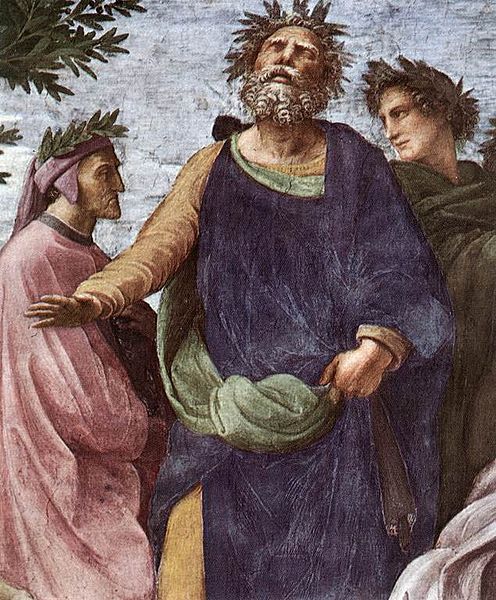A miscellany is a collection of various pieces of writing by different authors. Meaning a mixture, medley, or assortment, a miscellany can include pieces on many subjects and in a variety of different forms. In contrast to anthologies, whose aim is to give a selective and canonical view of literature, miscellanies were produced for the entertainment of a contemporary audience and so instead emphasise collectiveness and popularity. Laura Mandell and Rita Raley state:This last distinction is quite often visible in the basic categorical differences between anthologies on the one hand, and all other types of collections on the other, for it is in the one that we read poems of excellence, the "best of English poetry," and it is in the other that we read poems of interest. Out of the differences between a principle of selection and a principle of collection, then, comes a difference in aesthetic value, which is precisely what is at issue in the debates over the "proper" material for inclusion into the canon.

Miniature of Noah's Ark landing on the Mountains of Ararat (fol. 521a), from the 13th century North French Hebrew Miscellany
A patterned page from the Trevelyon Miscellany of 1608
"My hope is yow for to obtaine". A love poem in a distinctive hand from The Devonshire Manuscript, 57r.
A drawing illustrating the medieval poem "Reinbroun" from the Auchinleck Manuscript.
The Western canon is the body of high-culture literature, music, philosophy, and works of art that are highly valued in the West; works that have achieved the status of classics. However, not all these works originate in the Western world, and such works are also valued throughout the globe. It is "a certain Western intellectual tradition that goes from, say, Socrates to Wittgenstein in philosophy, and from Homer to James Joyce in literature".
Dante, Homer and Virgil in Raphael's Parnassus fresco (1511), key figures in the Western canon
Detail of Sappho from Raphael's Parnassus (1510–11), shown alongside other poets. In her left hand, she holds a scroll with her name written on it.
Picasso, Girl with a Mandolin (Fanny Tellier) (1910), oil on canvas, 100.3 × 73.6 cm, Museum of Modern Art, New York
Chandos portrait of the English playwright and poet William Shakespeare








